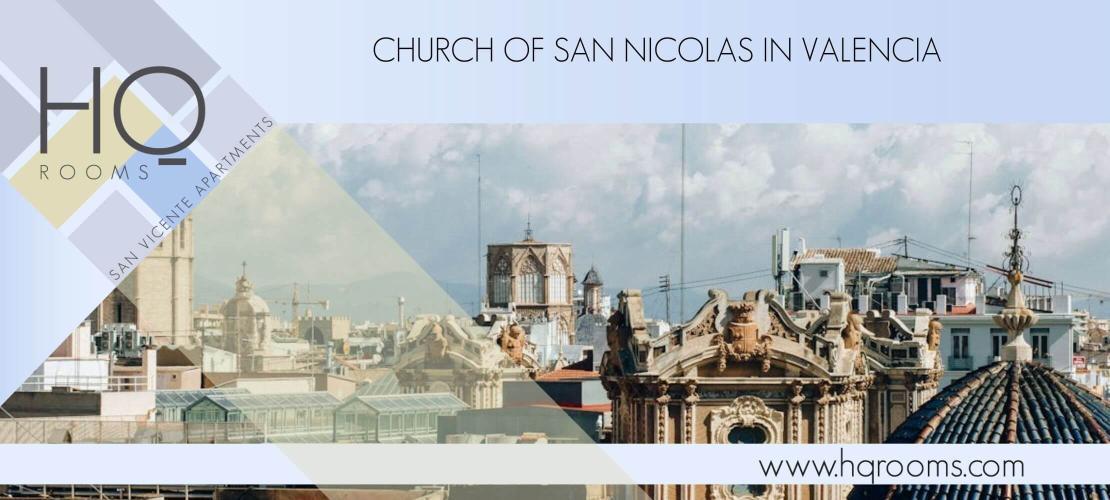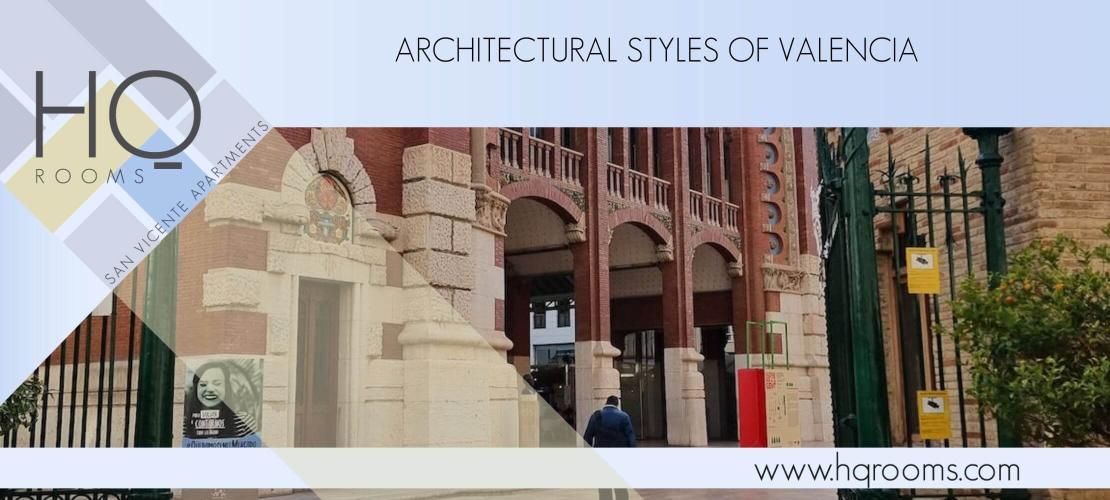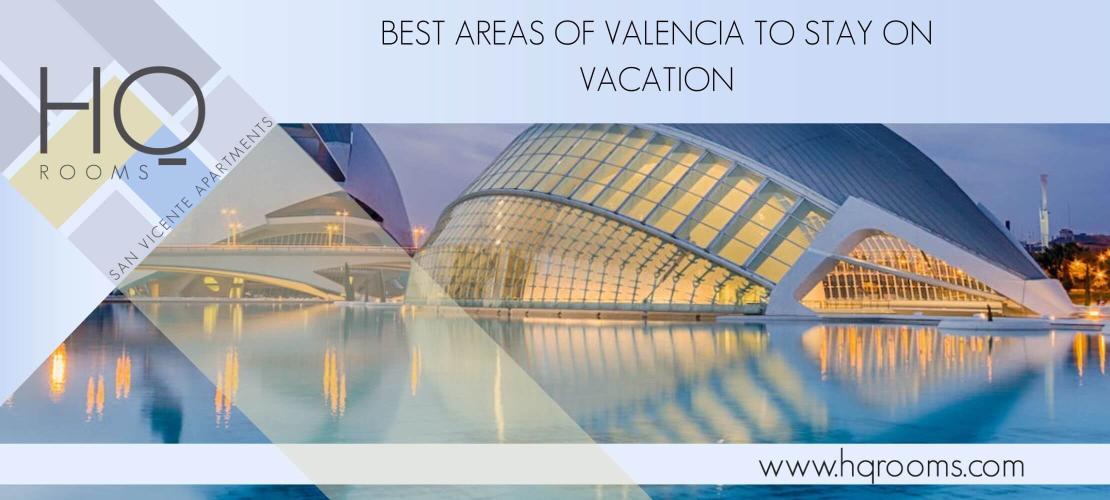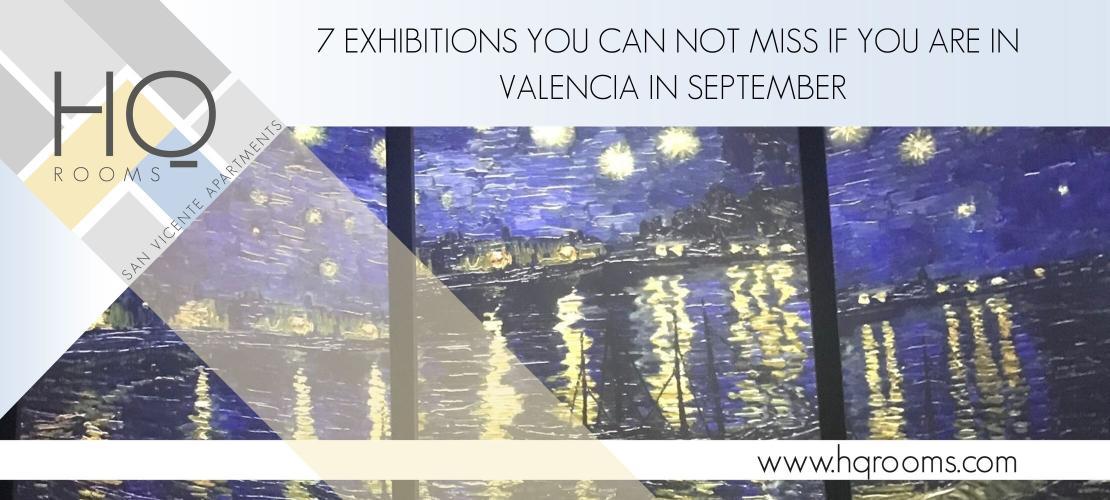Beyond the well-known City of Arts and Sciences, Valencia has a lot to offer. The city of fire, citrics, Sorolla’s paintings… A city that fills history books.
With an architecture influenced by its extensive history, Arabs, Christians and Romans, Valencia is home to unique corners, and for you to experience it as its inhabitants do, we will also tell you what to see in the center of the city, what you can do in each one of these mandatory stops. Are you ready? Grab a pen, or simply take a screenshot, because you will want to visit all the corners of Valencia’s center we will tell you about in this post.
What to see in Valencia’s center
We are going to divide the visit to the city in two parts. One dedicated exclusively to the modern center, the area that was outside the old walls that protected the city, and another dedicated to the historic center, that oldest part of Valencia that was embraced by these walls in the past.
What to see and do in downtown Valencia
We begin our tour with the most urban part of the city center, an area full of little treasures very close to our two-bedroom apartment, perfect for starting your visit to the city center.
Mercado de Colón
Let’s start at the Mercado de Colón, a meeting point to have breakfast or a snack in one of the bars in this 20th century modernist building declared National Monument.
Full of cafeterias and ‘horchaterías’, the Mercado de Colón will fascinate you with its architecture. Spectacular arches and colors that you will want to capture in more than one picture.
Stroll through Colón
Very close to the Mercado de Colón, you will find one of the main thoroughfares of the city. Colón street is the commercial street of Valencia. Unique local shops, restaurants and businesses.
Enjoy the atmosphere walking towards Xátiva along Calle Colón. We advise you to look up, because in addition to shops, it is an area with great views, like stately buildings.
Estación del Norte
At the end of Calle Colón you will arrive at Calle Xátiva, and we know that there are two things that will surprise you: the bullring, very photogenic with its night lighting, and the Estación del Norte or Nord, a large modernist building designed by Demetrio Ribes and which was also declared Historic-Artistic Monument.
What to see in the historic Valencia’s center
Let’s move on to the historic center, and we can tell you that although it is a small city, Valencia has a lot to offer. If your last step was the North Station, you will be a few meters from our next stop.
The Town Hall
Very close to Xátiva street is the Plaza del Ayuntamiento. An imposing large building that was initially divided into two, the old Escuelas del Arzobispo Matoral and a more recent one from the 20th century that can be distinguished by its notorious clock tower.
The visit to the interior of the Town Hall is free, and in addition, you can go up to the central balcony and feel like a true ‘fallera’ when the ‘mascletás’ begin, which take place in this square.
Right in front, you will see another important building, the Post Office Building, although it is also called the Palace of Communications. Admire its five sculptures that represent the five continents.
If after this tour you need a short break, remember that the Town Hall is very close to our apartments, where you can recharge your energy to continue with the next stops.
The Plaza del Patriarca
The Plaza del Patriarca is one of our favorite places, an emblematic place crowned by its mythical fountain, and by the Real Colegio Seminario del Patriarca, a historic church that keeps a secret inside, a stuffed crocodile, which was captured in the medieval times.
Let’s go to another mandatory stop. Take out your camera and immortalize the impressive façade of the National Ceramics Museum, also known as the Palace of the Marqués de Dos Aguas.
A building considered a treasure of national baroque architecture. Halls decorated with stuccoes, wall paintings and extravagant furniture.
Central Market
We hope you’re hungry, because the Central Market is home to hundreds of food stalls. Many local shops with fresh products from the Valencian Community itself are sold inside this traditional market.
Vegetables, fruits, meats, cheeses, fish, spices, pastries… The list is endless. Many of these stalls sell ‘pinchos’ and snacks that you can taste on the spot, in a space that some call the cathedral of traditional Valencian commerce. A modernist building that combines iron, marble, brick, tiles, mosaics, glass and stones from the city of Buñol. Remember, it is only open in the morning, from 7:00 a.m. to 3:00 p.m., and closes on Sundays, so don’t miss it.
Right next to the Central Market, is the Lonja, or Mercado de la Seda. Mandatory visit to this beautiful building that brought together merchants from all over the world.
The Plaza de la Reina and Plaza de la Virgen
Another essential visit to the historic Valencia’s center is the Plaza de la Reina, recently renovated. You will come across the main entrance to the Cathedral of Santa María, also known as “La Seu”, a Mediterranean gothic cathedral with romantic, gothic, baroque and neoclassical elements. Access to discover the architectural secrets that it has inside.
Near the Plaza de la Reina you will see a very tall tower, corresponding to the Miguelete. Dare to climb its 207 steps to enjoy a panoramic view of the city center from its bell tower.
At the back of La Seu, you will come across Plaza de la Virgen, one of the most significant and historic places in Valencia. Full of cafeterias and terraces to enjoy each of the elements that make up the square:
- The fountain of the Turia: representation of the Turia river, where the central bronze man represents the river itself and is accompanied by eight nude figures that represent the eight ditches that irrigate the river of Valencia.
- The Royal Basilica of the Virgen de los Desamparados, patron saint of the city.
- The Puerta de los Apóstoles: meeting place for the Water Court, every Thursday at 12 in the morning. A unique event that has been declared Intangible Heritage of Humanity by UNESCO.
Las Torres de Serrano
And closing our tour, we cannot leave without visiting the Torres de Serrano, the old access point to Valencia. Two robust twin towers, perfectly preserved, which were formerly part of the city’s late-medieval wall, demolished in the mid-nineteenth century.
What we are sure of is that Valencia will steal your heart, we warn you, everyone who visits it, returns.
- Countdown to the Sorolla Museum in Valencia - 18 de December de 2025
- Original things to do in Valencia beyond the guidebooks - 18 de December de 2025
- CEVISAMA 2026: Discover the World’s Leading Tile Makers - 17 de December de 2025





